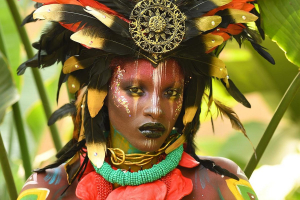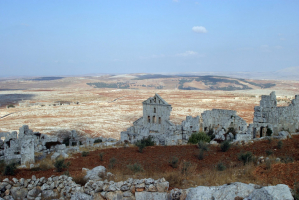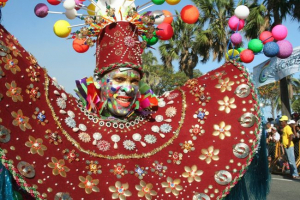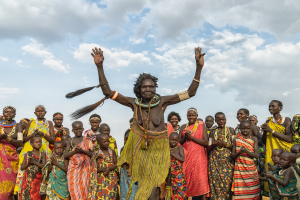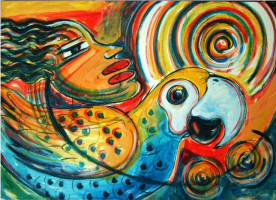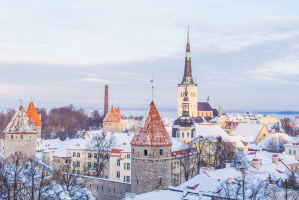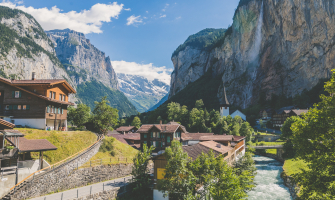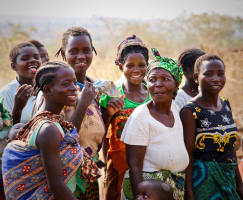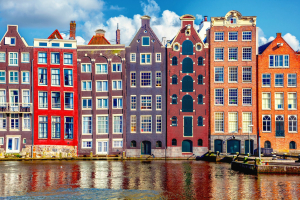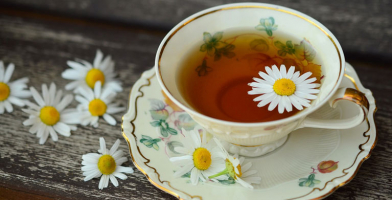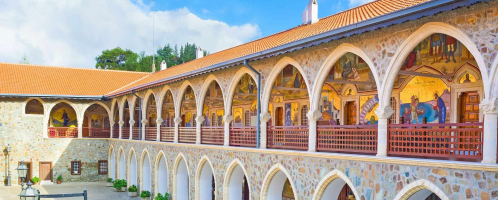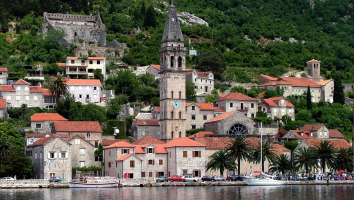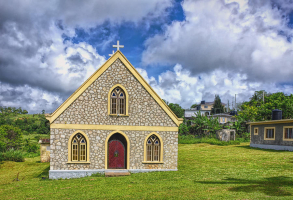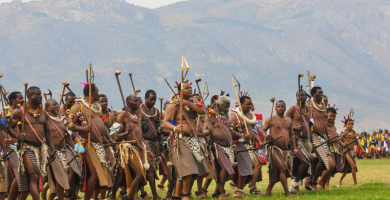Top 5 Benin Culture, Customs and Etiquette
Discovering the culture in Benin is the highlight of any holiday to this West African nation. Benin’s culture remains deeply influenced by the legacy of the ... read more...slave trade as well as by voodoo – the national religion. Explore Benin culture, customs and etiquette to gain a greater insight into this fascinating culture.
-
Marriage ceremonies in Benin, according to native law and custom, are very interesting and fun events that also showcase the Benin people's rich customs and traditions. In ancient times, the process of marriage could begin as early as a female child's birth through the process of betrothal; that is, when a female child is born, an interested family betroths her on behalf of their male child by symbolically dropping a log of wood in their compound. When she accepts the proposal, she will be cared for by her family until she is ready to marry.
In modern times, this type of betrothal is rare or never occurs because most people prefer to choose their own husbands or wives rather than rely on their parents. Normally, a young man sees a girl he likes, approaches her, and if she accepts his marriage proposal, she sets a date for him to come and meet her parents to seek their consent and also to begin the next stage of the marital rites:
Introduction
- When he arrives at the girl's father's house, he introduces himself and informs them of his intentions; they then set a date for him to come for an introductory visit with selected members of his immediate and extended family. The purpose of the introduction is for both families to meet and to investigate whether they are related by blood, as it is considered taboo for two people related by blood to marry. They also investigate whether there are any known negative traits in the family.
Traditional Marriage
- If all checks come back negative, they can move forward with their marriage plans. The bride's family will hold consultations and send a list of her dowry requirements, as well as a suitable date for the traditional marriage rites to take place. This is traditionally regarded as the "big day."
- The dowry in traditional Benin marriage rites normally includes salt, sugar, honey, palm oil, palm wine, yams, and the sum of twelve pounds and ten shillings (at the time these requirements were documented by the Benin traditional council, this amount equated to 25 and is still paid to this day). Individual families determine the quantity of the other items required. Some may request large quantities, while others may request small quantities.
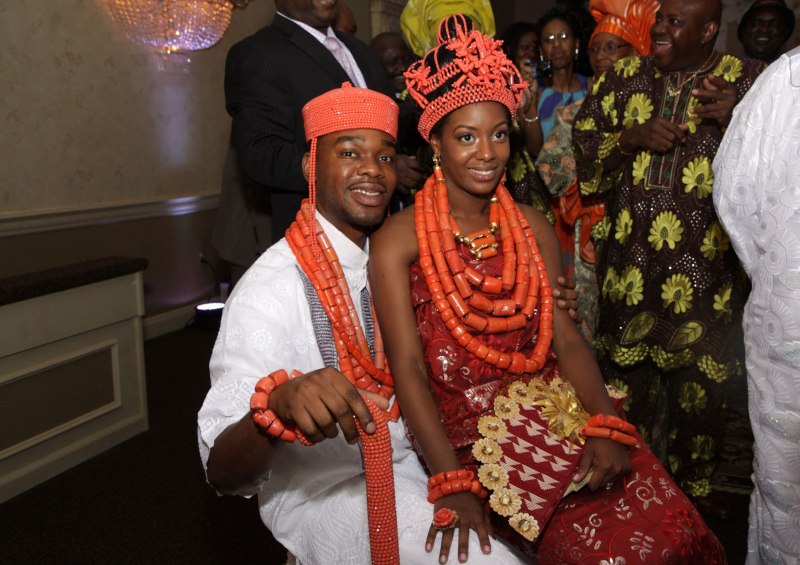
pinterest.com 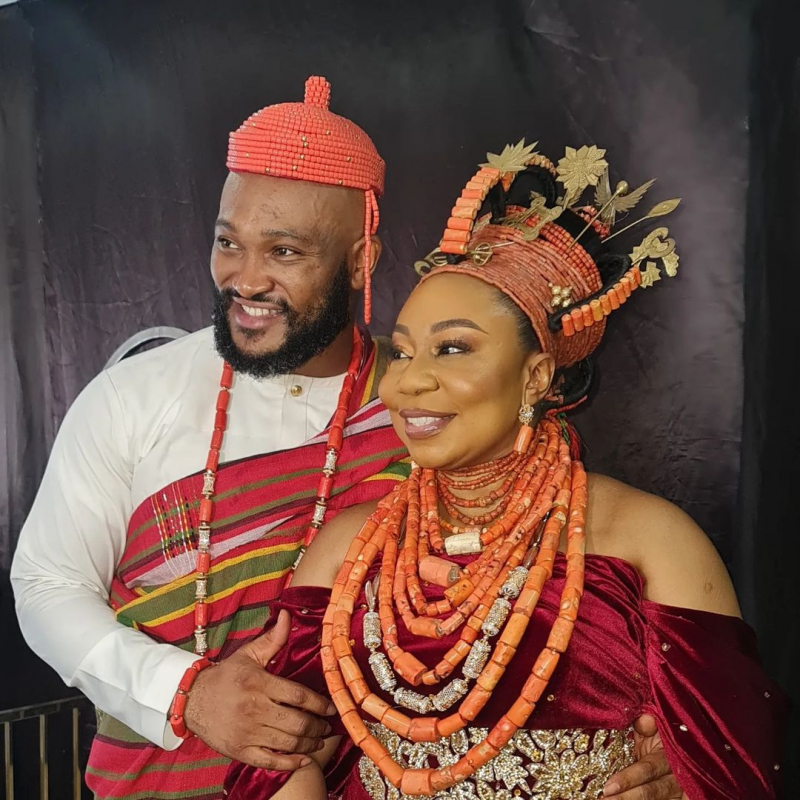
partyjollof.com - When he arrives at the girl's father's house, he introduces himself and informs them of his intentions; they then set a date for him to come for an introductory visit with selected members of his immediate and extended family. The purpose of the introduction is for both families to meet and to investigate whether they are related by blood, as it is considered taboo for two people related by blood to marry. They also investigate whether there are any known negative traits in the family.
-
Food is cooked communally in a large pot in this Benin village. Even in cities, most cooking takes place outside. Offering food and drink to visitors is an important aspect of hospitality, and refusing is considered impolite. Many people eat in the traditional manner, with the right hand's fingers. Eating with the left hand or offering something to another person with it is considered impolite.
Dining etiquette for drinking: A Beninese host may pour guests a drink and take a sip before handing the guest the cup or glass. In turn, the guest takes a sip and spits a little on the floor before drinking. The host is showing the guest that the drink is safe. The guest is showing remembrance of the dead before participating in an essential act of the living.
Dining etiquette for eating: Benin food is spicy. There is the basic West African mixture of vegetables and rice, and the ubiquitous porridge made of different grains (corn flour makes WO, yam flour makes amala, and ground cassava makes gari). Meat is rarely available, and if it is served remember that no part of the animal is wasted: you eat everything, bones included.
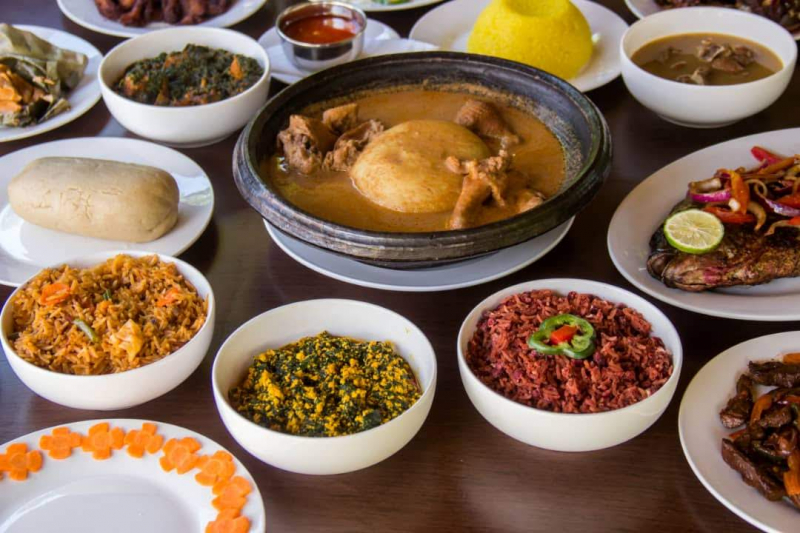
.bightofbeninrestaurant.com 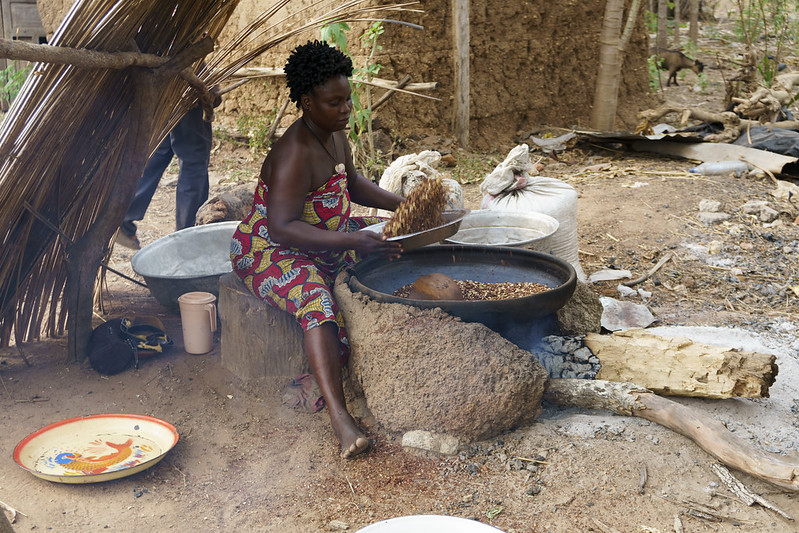
borgenproject.org -
Despite the influence of other African countries' musical rhythms, Europe (particularly France), and America, with the United States at the forefront, Benin values its own musical rhythm within the country. Some countries around the world have adopted some of the world's most famous musicians, such as Angélique Kidjo of Benin. Benin has managed to preserve its musical rhythms such as zinli, tchinkoume, Toba, the AKPALA, and the TEKE, among others.
Beninese artists such as Alekpehahou, Gbessi, Amikpon, Sabgohan, Dossou - Letrik, and others promote these musical rhythms both nationally and internationally. For many years, Beninese music has been influenced by other world music styles, particularly Congolese, Ivorian, Black American, and French. As a result, we now have Stan Tohon's Tchink System, Blaise Antonio's Zekede, and Willy Cute's Djihou. Dance is an important component of music that has existed in Benin since the beginning of time and continues to this day. With several dance groups such as the National Ballet and several other Beninese appearances around the world, Beninese dance is remarkably well-known internationally.
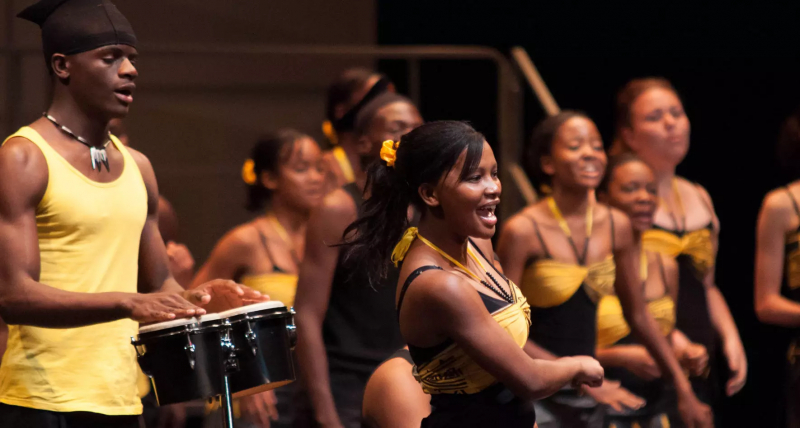
razbakov.com 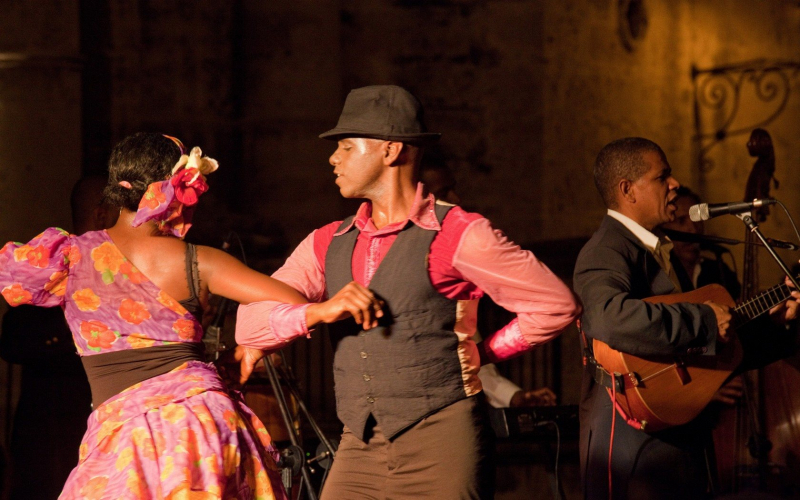
razbakov.com -
Respect is highly valued, especially when it comes to elders. It is critical that anyone visiting always greets people politely and courteously. It's just good manners. They begin by taking their shoes off and quickly leaning or kneeling to greet the person they are visiting. Kneeling is a sign of humility and respect for the host or elder. Some people will remain on their knees throughout the procedure. This is more common in the north. It makes sense given the length of the salutations. Furthermore, in the North, some people completely lay on the floor to greet. The greeting begins by greeting the visitor and inquiring about their well-being.
It is then followed by a question about their loved ones' well-being. Following that, blessings and prayers are offered not only for the person kneeling, but also for all of their loved ones. It concludes by asking the visitor to stand and take a seat. Following that, water or other refreshments are served. It is normal for some questions to be asked again. It's not done on purpose, and it usually happens because there are so many questions that the host may have forgotten that they've already asked them. It also makes sense given the length of the greeting process.
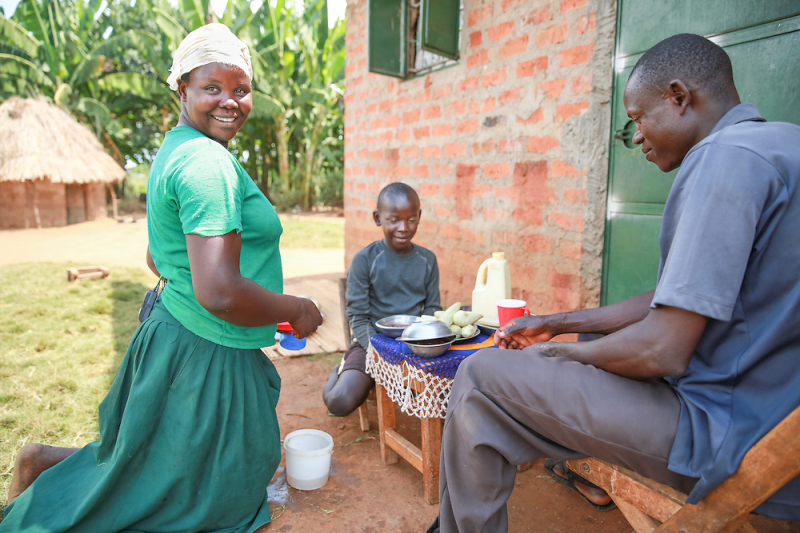
facebook.com 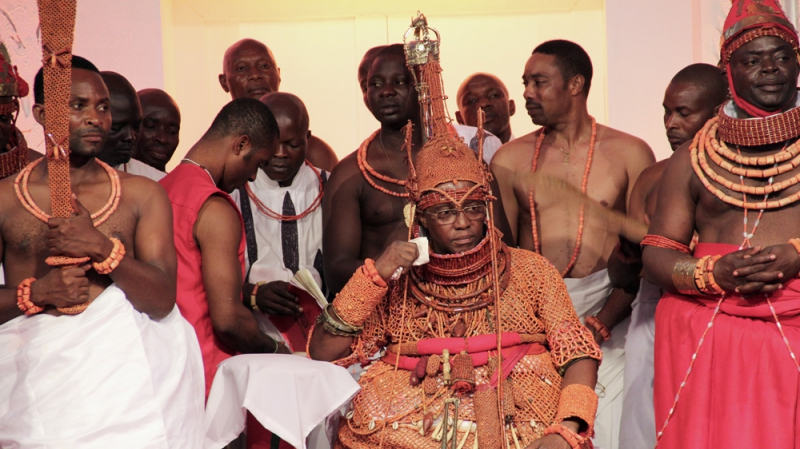
informationng.com -
Nowadays, traditional Beninese outfits typically include the traditional "Bomba" dresses, which are designed as tunics and trousers for men and a loincloth and a top for women. Women in coastal areas typically wear colorful African pagnes embellished with stunning patterns and gorgeous artwork, as the majority live there. Matching headscarves are an important part of their traditional attire. Muslim Beninese women dress in three-piece outfits to cover their bodies. One piece of cloth is wrapped around the waist, another around the chest, and another covers the head. Muslim women in Benin commonly wear a veil and scarf.
Traditional Beninese men's clothing is loose and long, with boubou-style cotton shirts worn over pants. The embroidered boubou is also becoming popular in formal versions among both men and women. This gown is the result of many skilled labors and may be prohibitively expensive. Beninese designers have recently introduced fusions of traditional and modern dressing. The fabric is mostly traditional cloth used to make shirts, pants, and other types of outerwear.
Benin's folk costumes include the West African dashiki, a colorful men's garment that covers the top half of the body. It is available in both formal and informal versions, with options ranging from simple draped clothing to fully tailored suits. During wedding ceremonies, most grooms wear white dashiki suits. The traditional colors of mourning are black and red. Many men combine a bowler hat and a lace dashiki suit.
Benin's traditional dress is a prime example of Africa's historic brilliance. It embodies the indigenous colors and stunning black customs. Tourists who visit this wonderful African country are enthralled by the folk and traditional festivities in which Beninese performers dress up in colorful traditional costumes.
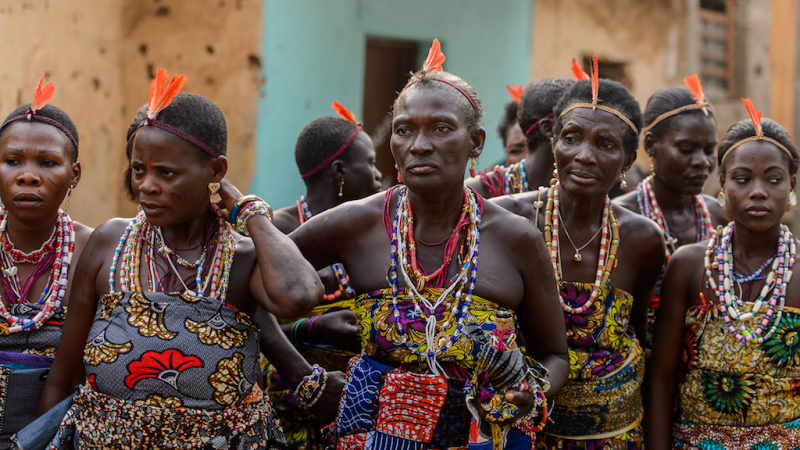
danddclothing.com 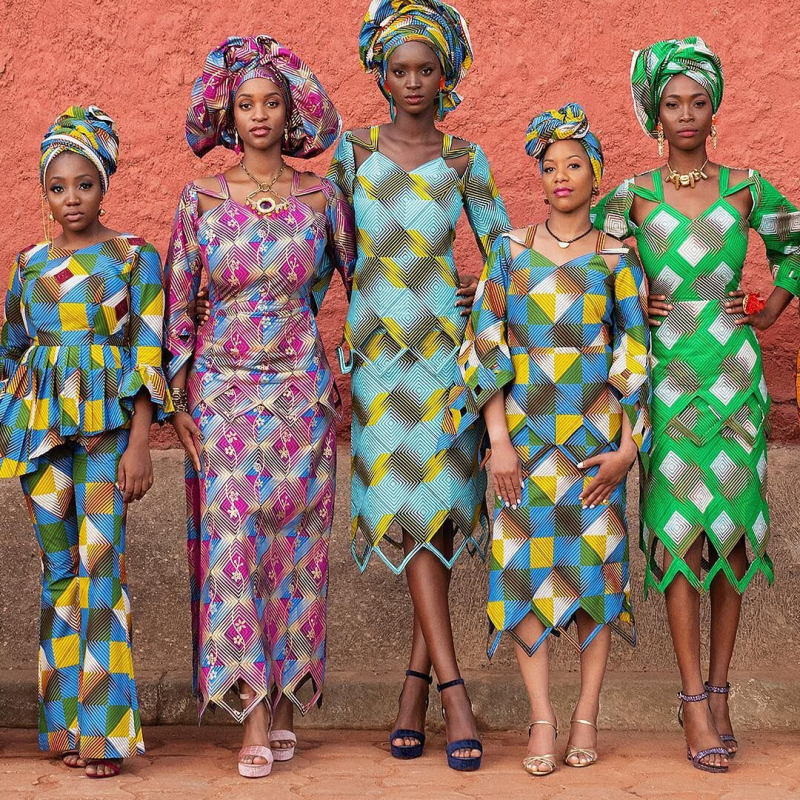
etsy.com







